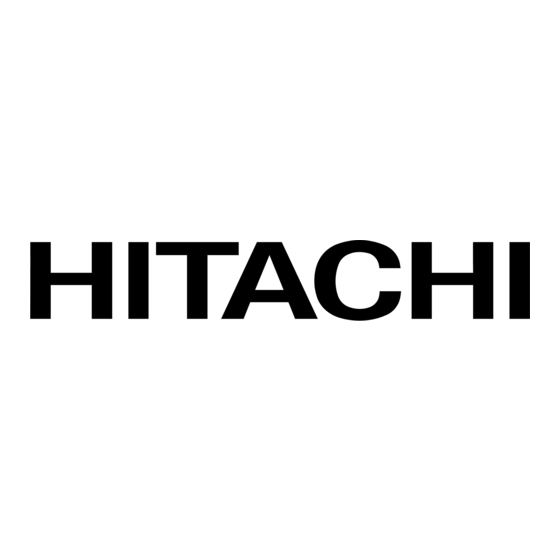

Hitachi SET FREE Series Service Manual
Heat pump / heat recovery system
Hide thumbs
Also See for SET FREE Series:
- Instruction manual (71 pages) ,
- Instruction manual (612 pages)

















Need help?
Do you have a question about the SET FREE Series and is the answer not in the manual?
Questions and answers